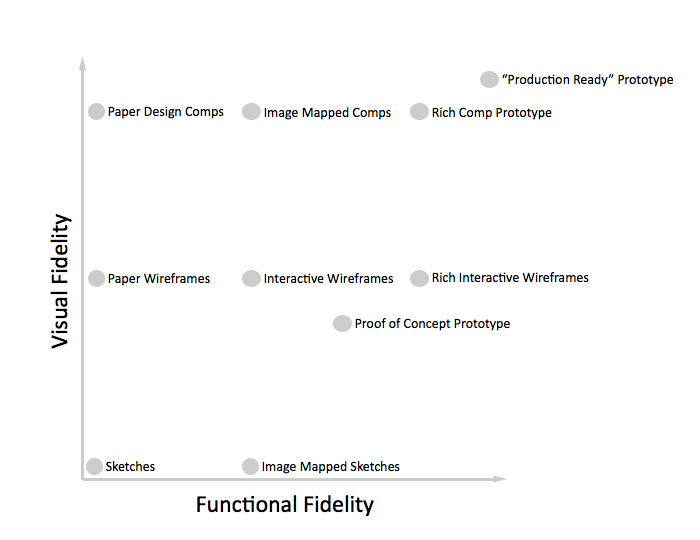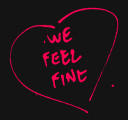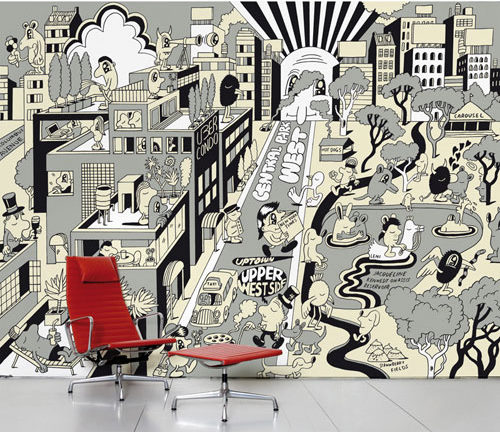Tuning Prototypes to Gain Insight into Design
Monday, September 28th, 2009With design thinking on the rise, prototyping is getting a lot of attention. Check out the excellent post on Box and Arrows on Integrating Prototyping into Your Design Process. I especially like the the fidelity grid (reproduced below).
[click on the image to increase its visual fidelity!]
It describes different flavors of prototypes based on their visual and functional fidelity. Clearly each will have a different impact on or fit with the user’s cognition and therefore render a different insight into the effectiveness of the design.









